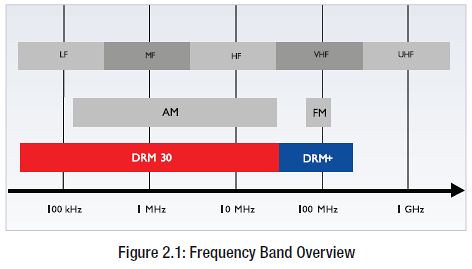Outernet hopes to use datacasting technology over a low-cost CubeSat constellation. The startup says it will be able to bypass censorship, ensure privacy, and offer a universally-accessible information service at no cost to global citizens. Outernet’s motto is “Information for the world from outer space.”
Outernet provides few technical details on how this constellation will work. The startup says the entire constellation utilizes globally-accepted, standards-based protocols, such as DVB-S2, Digital Radio Mondiale, and UDP-based WiFi multicasting.
“Outernet will broadcast the Internet to you and allow you to flick through certain websites,” explains the company.
Each satellite receives data streams from a network of ground stations and transmits that data in a continuous loop until new content is received.
It sounds kind of like a multi-media version of teletext where packets are sent in a carousel, then stored on the device.
Project Lead of Outernet Syed Karim, fielded some questions on Reddit.
“We’re definitely shooting for 802.11-spec compliance. It’s going to be tough, but it’s not outside of the realm of possibility. It’s actually a lot easier and cheaper to not be wifi compatible, but if this is a media platform for the world, it’s hard to ignore the 10,000,000 wifi devices that currently exist.”
“The signal on the ground will be fairly weak, in order to not interfere with local networks. At this time, we’re shooting for receive sensitivity of about -90dBm.”
The non-profit Media Development Investment Fund (MDIF), is funding the idea, reports the UK’s Daily Mail.
Their website notes that development of prototype satellite and testing of long range Wi-Fi multicasting is scheduled for this June, with transmission testing in flight-like environments is set for September.
Launch and test of constellation operations is supposed to begin next January. By April 2015, Outernet hopes to establish a manufacturing process for turning out the hundreds of satellite needed, with deployment of Outernet supposed to happen in mid-2015, subject to launch schedules.
If the idea of a smartphone receiving WiFi signals from space and assembling news and information with an app sounds like a hoverboard, you’d be forgiven.
Maybe the time has arrived for a free global network. Or maybe it hasn’t.
Whatever. Getting a 20 MHz wide WiFi channel to travel 150 miles would require a huge antenna.
A 5 kHz-100 kHz wide channel (used by digital audio broadcasting), would have a much better chance of getting received several hundred miles away.
 Digital Radio Mondiale (DRM) is derived from mondiale being Italian and French for “worldwide”
Digital Radio Mondiale (DRM) is derived from mondiale being Italian and French for “worldwide” . It’s a set of digital audio broadcasting technologies for AM, FM and Shortwave Radio.
. It’s a set of digital audio broadcasting technologies for AM, FM and Shortwave Radio.
DRM30 can be used for digital broadcasting on short, medium and long wave broadcasting bands up to 30 MHz, and provides large coverage areas with low power consumption.
DRM+ is designed to fit in the FM broadcast band (VHF) with a frequency bandwidth of 100 kHz (like FM stations). It provides bit rates from 37 kbps to 186 kbps and permits up to four services. It’s a flexible solution allowing single or small numbers of audio services to be broadcast together.
Perhaps a $20 modular clip-on would translate the digital shortwave output to a Bluetooth/WiFi signal so a $100 smartphone could receive it (and play it with an app).
A 5MB file might be downloaded in about 5 minutes at 128Kbps, while a 16MB file plays for about an hour at 32 Kbps.
Since TV channels 5 and 6 are adjacent to the FM band in the United States, maybe that 12 Mhz could deliver world-wide, store and forward satellite broadcasting with over 100 multi-media channels. A 5 minute download might cover the 90 minute stream until the next satellite pass. Great for e-book delivery, too.
Posted on Fri, 07 Mar 2014 06:36:15 +0000 at http://www.dailywireless.org/2014/03/06/...tacasting/
Comments: http://www.dailywireless.org/2014/03/06/.../#comments



